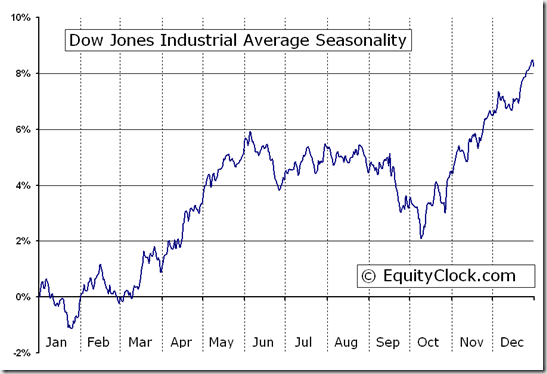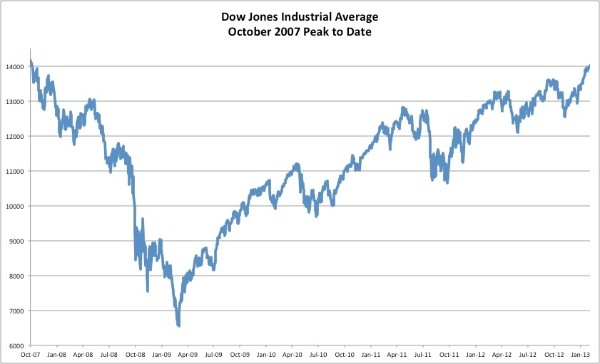Dow Jones Averages
Post on: 8 Август, 2015 No Comment

Investing in the DJIA
The Dow Jones Industrial Average isn’t just a stock market gauge. For some people, it’s a tool in an investment strategy. Probably the most popular strategy — and one of the more successful over time — is to invest each year in the 10 Dow Jones industrial stocks with the highest dividend yields (the yield is a stock’s dividend divided by the share price). From 1973 to 1994, this strategy produced an annual total return of 17.5%, compared with 11.5% derived from investing in all 30 of The Dow industrial stocks, according to the book The Dividend Investor by Harvey C. Knowles III and Damon H. Petty.
In the century-plus history of The Dow Jones Industrial Average, dividends have directly accounted for about 40% of investors’ returns. If the dividends are reinvested in the 30 stocks, roughly half of investors’ total returns are derived from dividends.
In the century-plus history of The Dow Jones Industrial Average, dividends have directly accounted for about 40% of investors’ returns. If the dividends are reinvested in the 30 stocks, roughly half of investors’ total returns are derived from dividends.
While the strategy has not worked quite so well since, Michael O’Higgins, a money manager whose Miami firm bears his name, says he has used a variation on the strategy from time to time for a couple of decades. In his own twist, Mr. O’Higgins likes to select the five stocks with the lowest prices from among the ten with the highest dividend yields.
Lower-priced stocks tend to be more volatilem Mr. O’Higgins says. And since the volatility tends to be on the upside, that’s what you want. Using this refinement, Mr. O’Higgins says, the strategy produced an annual average return of about 18.8% a year for the 30 years through 1998, compared with 12.6% for the 30 Dow industrials. However, he says that in recent years he has come to prefer a strategy that switches between stocks and bonds, which has produced an average annual return of nearly 24% over the same thirty-year period.
In the broader market, simply buying the highest-yielding stocks is usually considered unwise. A high yield often indicates a depressed stock price, which might mean that the company has stumbled. The dividend may be cut or eliminated, or the company may be headed for even more serious trouble.

Another investment strategy is to buy stocks when Dow Jones & Co. announces that they will be added to the industrial average, and then sell when the addition actually takes effect (usually, but not always, five trading days after the announcement). The resulting price movement is called index effect and it has gradually dwindled in concentration as more investors have become aware of it.
It works if you’re very quick, says Robert Stovall, president of Stovall/Twenty-First Advisers Inc. in New York. You can scruff a couple of points out of it. But Mr. Stovall notes that such a strategy can hardly provide a steady living for a trader, as changes in the industrial average’s roster of companies are usually made only once every couple of years.
For professional money managers who don’t manage huge portfolios, Mr. Stovall recommends using the 30 Dow industrial stocks as an index fund — in other words, buying all 30. The results, he says, won’t be too far from those of buying all the stocks in the Standard & Poor’s 500-stock index, but it’s a lot easier to buy thirty stocks than five hundred.
It’s an advantage, in his view, that the industrial average is full of big companies that do business worldwide, such as Merck & Co. Boeing Co. and two giant oil companies. That, he says, gives the portfolio an international flavor.














